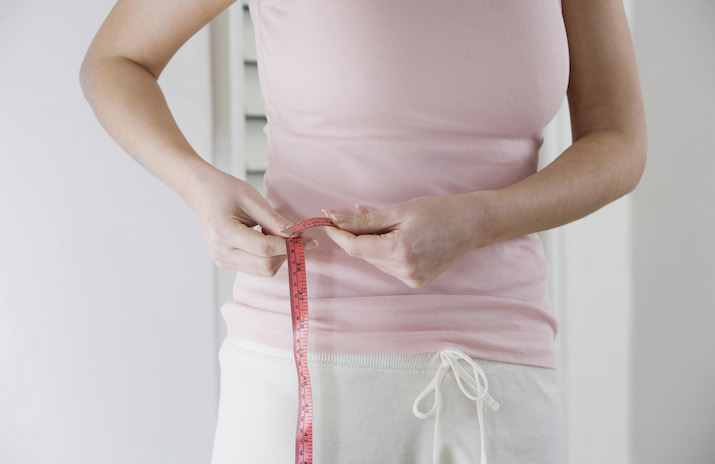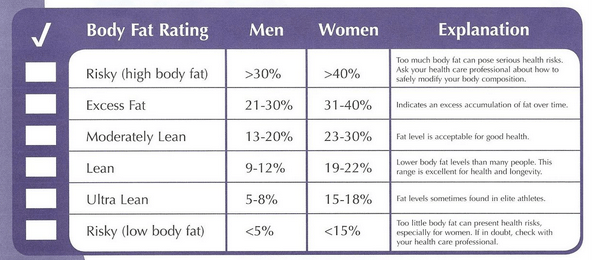There is an overload of information out there about what metric you should be using to determine your health and fitness level. Here’s what you need to know!

Most people have a general idea of how to use total body weight as an indicator of progress and health status, others use body measurements in inches, and some doctors are even still using BMI 🙄. However, many people have been hopping on the bandwagon of body fat percentage testing. Until recently, the practice of measuring body fat percentage was more commonly reserved for competitive athletes such as bodybuilders and weightlifters.
Body fat percentage
Body fat percentage can help personal trainers and other medical professionals determine if someone is underweight, overweight or even obese; regardless of their height, muscle mass and bone density (all of which are factors that can skew a BMI rating). Besides measuring body fat, many of the tests out there will also provide information on muscle mass and bone density. Improving these markers can improve overall health, reduce the risk of injury and diseases such as osteoporosis.
Inconsistent one-scale measurements
The problem with using only scale weight as a measure of progress in working towards our fitness goals, is that it is so inconsistent. Weight is affected by factors such as muscle mass, bone density, height and water retention. The most fluctuating of these being water. If you’re a woman, or just someone who enjoys and salty meal now and then, you know how much water retention can affect scale weight – and even body measurements. Although retaining water can stand in the way of our aesthetic goals, it does not mean that we have backslid and aren’t still making progress.
Muscle mass, on the other hand, can have a significant effect on weight but is less fluctuating and has a more positive effect aesthetically. Unfortunately, many people will risk losing muscle mass in an effort to simply bring down their scale weight. If we shift our focus to losing body fat while maintaining as much muscle mass as possible (therefore reducing body fat %), we can remove a lot of the uncertainty, disappointment and frustration from the process.
A certain amount of body fat is important for maintaining good health. It protects our internal organs and is a form of energy storage. Below is a chart used in Bop Pod testing that categorizes men and women based on their body fat percentage. As you can see, it is expected that women carry more fat than men. One reason for this is that it plays a major role in hormone regulation.

Other options to measure body fat
So how do you get these fantastic body fat percentage and body composition measurements? As body composition tests become more popular, they are also becoming more readily available. Some of the most commonly available are Dexa scans and body scales that use bioelectric impedance to measure composition. Other options out there include bod pods, hydrostatic weighing and skinfold measurements – the go to most personal trainers use. There is much debate over which method is the best. However, most experts agree that the most important thing is to choose one method and stick to it. After all, the point is to measure progress over time.



